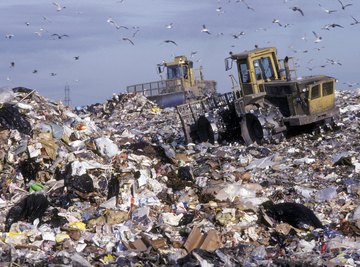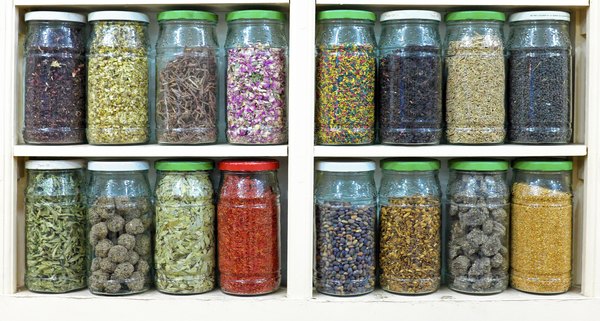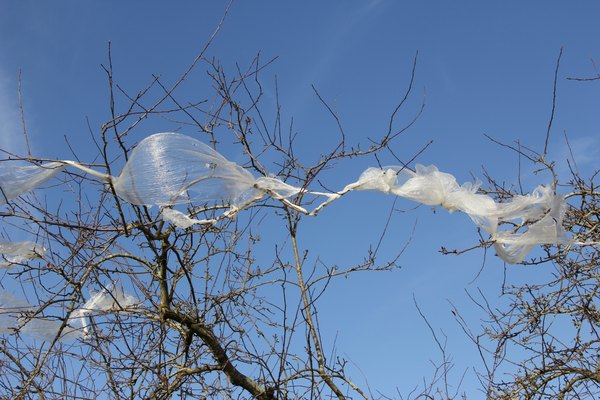
With a few simple adjustments, you can reduce the amount of waste and litter you generate. Aside from creating environmental benefits, you can personally benefit as you spend less on purchasing, and then disposing of, materials you could do without. You can save some materials for reuse. You can take action to remove litter, with a group or on your own.
Reduce Your Packaging Purchases
Buying in bulk offers the advantage of less potential waste and lower pricing, partly because it costs less to make a few large packages for large quantities of product than to make many small packages for small quantities. Sometimes you can even provide the packaging yourself; for instance, you might bring your own tote bags to the bulk bins. As another benefit, you don't need to pay for, or take the trouble to dispose of, the extra packaging.
Reuse to Extend Service Life

Many single-use containers, such as plastic water bottles, are sturdy enough for repeated use. Eventually they wear out, but before then, their continued service postpones the need to replace them with another container. Sometimes a repurposed item can remove the need to buy a dedicated item; for instance, milk or juice jugs could serve as watering cans. Plastic grocery bags can replace dedicated trash can liners. Glass jars with metal screw-top lids make excellent dry food storage containers, with the advantage of being resistant to insects and rodents, unlike original paper packaging.
Manage Your Waste Stream

Even with reduced consumption and reuse of materials, you'll still generate waste. However, you can help decide what happens to it. If you have opportunity to recycle materials such as metal, glass and plastic, you can divert these from the waste stream going to a landfill. Some metals and electronics have an attractive scrap value that you can cash in on. You can compost yard waste and some foods that won't attract scavenging animals. When you do throw something away, secure it in repurposed bags. That can reduce the risk of generating litter when winds or animals might scatter trash after it has been put in a container.
Participate in Community Cleanup Events
Your community may already have volunteer groups organized for such service events as litter cleanups. Often local governments or park systems seek to recruit volunteers, so check out your community's online event calendars. In some cases, you can enter into a volunteer service agreement by which you, or a group you organize, obtain permission to perform cleanup work. Come prepared with sturdy clothing and good gloves -- you might encounter anything from gum wrappers to tires. Unfortunately, much of the plastic and glass you'll find will be contaminated with dirt or unidentified liquids, and not suitable for recycling.
References
About the Author
An ecological blogger, technical writer and trainer, Alex Silbajoris also leads a nonprofit watershed group. He is an avid gardener and cook. He holds a bachelor's degree in English and a master's degree in journalism, from The Ohio State University. Other studies include geology and biological sciences.
Photo Credits
Ingram Publishing/Ingram Publishing/Getty Images
